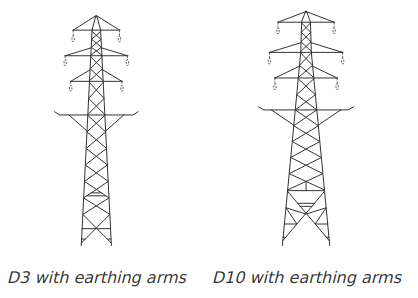Lightning is one of the primary sources that cause failure on overhead transmission system. It is one of the most natural and serious cause of over voltage. These over voltages will result in flashover across an insulator and the resultant fault surge will tends to ‘damage’ and reduce the life span propagate along the line until it is extinguished, or the breaker operates. This movement of the surge currents of associated equipment such as circuit breakers and transformers and impacts network performance adversely.
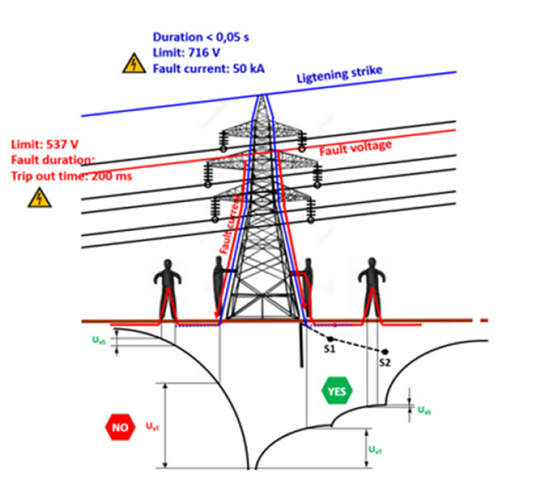

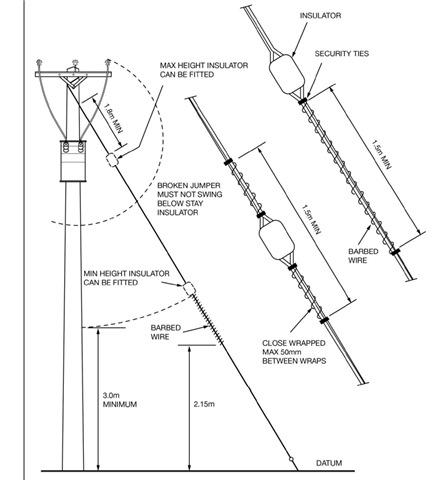
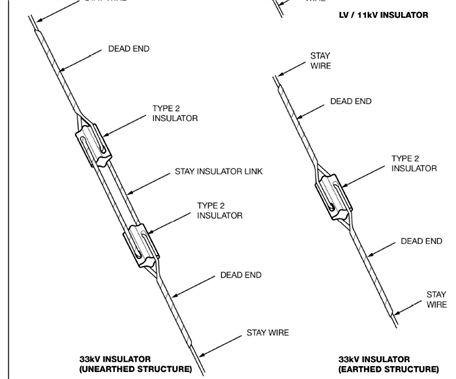
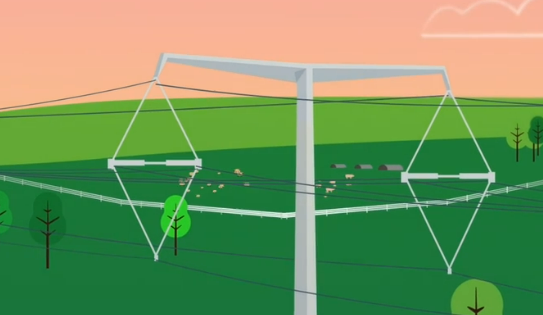 earth wires on dual cct T pylons.
earth wires on dual cct T pylons.